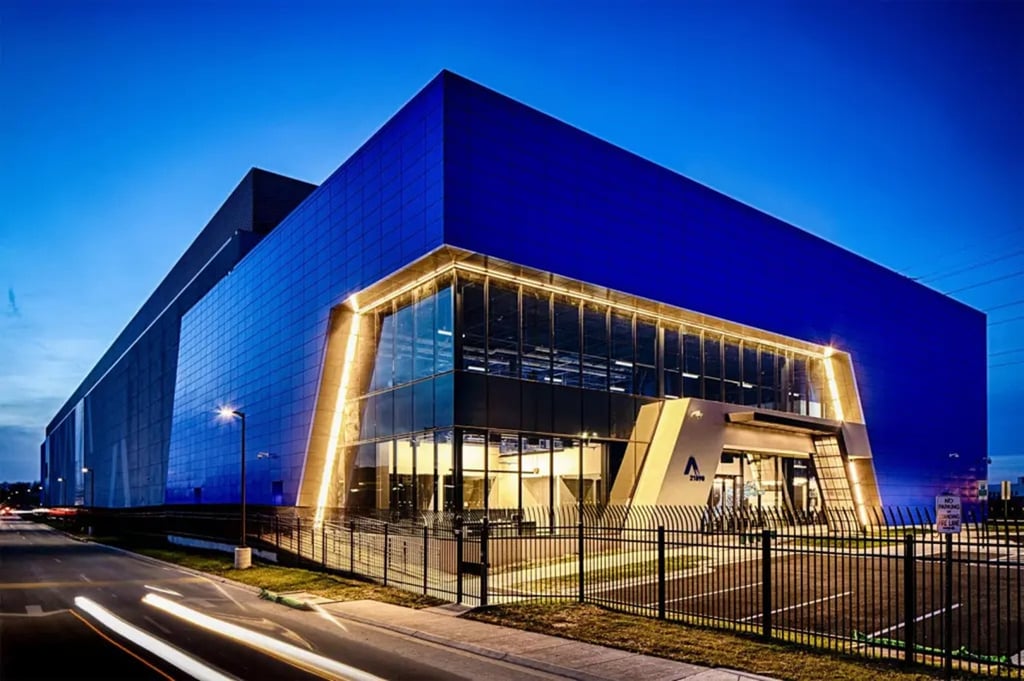IBM snapped up file transfer specialist Aspera in 2013 to help customers move large data files to the cloud. Now the company is banking on its bandwidth-optimized FASP protocol and related technologies to help customers cope with slinging Internet of Things (IoT) data across the globe and between devices, data centers and third-party clouds. Although […]
Datamation content and product recommendations are
editorially independent. We may make money when you click on links
to our partners.
Learn More
IBM snapped up file transfer specialist Aspera in 2013 to help customers move large data files to the cloud. Now the company is banking on its bandwidth-optimized FASP protocol and related technologies to help customers cope with slinging Internet of Things (IoT) data across the globe and between devices, data centers and third-party clouds.
Although the company is best known for accelerating the transfer of big data sets for enterprises and massive files for media and entertainment companies – irrespective of distance — Aspera’s FASP tech has evolved over the years. Today, Aspera is also thinking small.
The company is still undeniably focused on addressing the challenges of transferring cloud-based big data for companies. But according to John Heaton, director of Sales Engineering at Aspera, the combination of adaptive bandwidth capabilities and lightweight requirements allows businesses to take distance out of the equation when they’re rolling out their IoT initiatives.
“Our software scales with the available bandwidth, it changes with the network itself,” Heaton told Datamation. It works “pretty much with every type of network that exists,” from commodity Internet to high-speed data center linkages, and can also be configured to “be a good network citizen” and scale back before transfers impact other vital workloads.
Earlier this year at the National Association of Broadcasters (NAB) tradeshow, Aspera announced its next-generation file transfer binary (ascp4), which speeds up transfers of both small and large files. “The architecture transfers up to one million files per minute for even the smallest file sizes (e.g. 5Gbps transfer rates for global RTT and packet loss conditions (200ms / 2%),” announced the company during the event.
Naturally, most IoT devices transmit information in a decidedly different manner. “Sensors are inherently not file-based,” noted Heaton. Instead, they stream data. Here, too, Aspera has adapted its technology (FASPSTREAM) to accommodate for streaming.
Further, the company’s software is “very lightweight” and a natural fit for low-power IoT devices, said Heaton. “We deploy on cell phones and processors,” and not just those from Intel, an Aspera partner.
Finally, Aspera tackles two of the biggest obstacles enterprises face with managing Internet data transfers: unpredictability and distance.
“You are no longer collecting data in the same facility and can’t optimize for that distance,” said Heaton. Businesses can now think in global terms when rolling out advanced, IoT-enabled services. “I want to run this service in the United States, but I want all these devices in China.” Now, CIOs can say yes to both, he said.
Pedro Hernandez is a contributing editor at Datamation. Follow him on Twitter @ecoINSITE.
Photo courtesy of Shutterstock.
-
Ethics and Artificial Intelligence: Driving Greater Equality
FEATURE | By James Maguire,
December 16, 2020
-
AI vs. Machine Learning vs. Deep Learning
FEATURE | By Cynthia Harvey,
December 11, 2020
-
Huawei’s AI Update: Things Are Moving Faster Than We Think
FEATURE | By Rob Enderle,
December 04, 2020
-
Keeping Machine Learning Algorithms Honest in the ‘Ethics-First’ Era
ARTIFICIAL INTELLIGENCE | By Guest Author,
November 18, 2020
-
Key Trends in Chatbots and RPA
FEATURE | By Guest Author,
November 10, 2020
-
Top 10 AIOps Companies
FEATURE | By Samuel Greengard,
November 05, 2020
-
What is Text Analysis?
ARTIFICIAL INTELLIGENCE | By Guest Author,
November 02, 2020
-
How Intel’s Work With Autonomous Cars Could Redefine General Purpose AI
ARTIFICIAL INTELLIGENCE | By Rob Enderle,
October 29, 2020
-
Dell Technologies World: Weaving Together Human And Machine Interaction For AI And Robotics
ARTIFICIAL INTELLIGENCE | By Rob Enderle,
October 23, 2020
-
The Super Moderator, or How IBM Project Debater Could Save Social Media
FEATURE | By Rob Enderle,
October 16, 2020
-
Top 10 Chatbot Platforms
FEATURE | By Cynthia Harvey,
October 07, 2020
-
Finding a Career Path in AI
ARTIFICIAL INTELLIGENCE | By Guest Author,
October 05, 2020
-
CIOs Discuss the Promise of AI and Data Science
FEATURE | By Guest Author,
September 25, 2020
-
Microsoft Is Building An AI Product That Could Predict The Future
FEATURE | By Rob Enderle,
September 25, 2020
-
Top 10 Machine Learning Companies 2021
FEATURE | By Cynthia Harvey,
September 22, 2020
-
NVIDIA and ARM: Massively Changing The AI Landscape
ARTIFICIAL INTELLIGENCE | By Rob Enderle,
September 18, 2020
-
Continuous Intelligence: Expert Discussion [Video and Podcast]
ARTIFICIAL INTELLIGENCE | By James Maguire,
September 14, 2020
-
Artificial Intelligence: Governance and Ethics [Video]
ARTIFICIAL INTELLIGENCE | By James Maguire,
September 13, 2020
-
IBM Watson At The US Open: Showcasing The Power Of A Mature Enterprise-Class AI
FEATURE | By Rob Enderle,
September 11, 2020
-
Artificial Intelligence: Perception vs. Reality
FEATURE | By James Maguire,
September 09, 2020
SEE ALL
DATA CENTER ARTICLES









